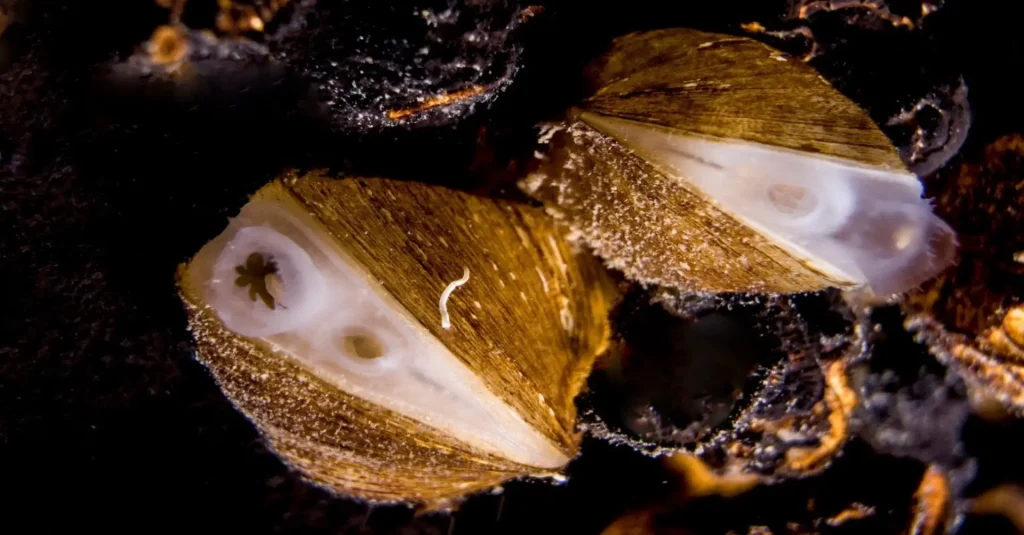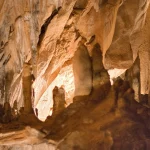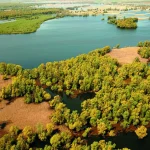There’s actually quite a good reason why Congeria kusceri isn’t so photogenic – it lives underground. In fact, Congeria kusceri comes from the Congeria genus, which are the only known freshwater underground shellfish in the world. Most of this genus has sadly become extinct. However, three members of the family survive in this region – Congeria jalzici which can be found in Slovenia, northern Velebit and northwestern Lika, Congeria mualomerovici which lives in the Sana basin in Bosnia, and Congeria kusceri which is endemic to underground cave systems of the Neretva and Trebišnjica basins in Herzegovina and southern Dalmatia. Although, that wasn’t always the case.
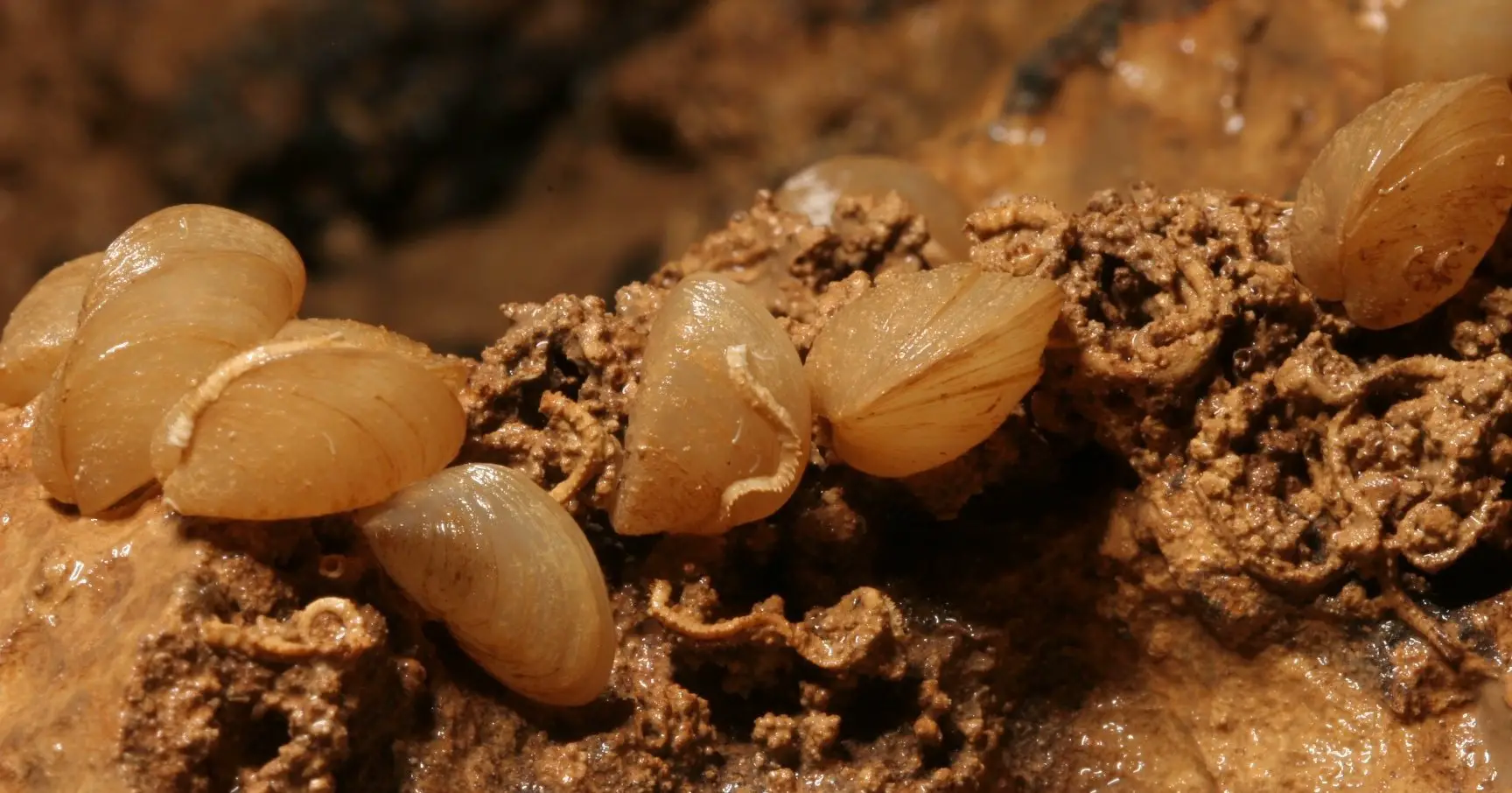 Congeria kusceri are albino molluscs, having lost their pigmentation while living away from sunlight. They live in southern Dalmatia, whose strongly supported football club, Hajduk Split, are also associated with the colour white © The Croatian Biospeleological Society (CBSS)
Congeria kusceri are albino molluscs, having lost their pigmentation while living away from sunlight. They live in southern Dalmatia, whose strongly supported football club, Hajduk Split, are also associated with the colour white © The Croatian Biospeleological Society (CBSS)
The ancestors of these molluscs used to live on the surface of lakes. Some of the molluscs followed the flow of water downstream and ended up inhabiting cave systems underground. Those which were able to adapt to a life of complete darkness survived. Having existed for so long in such a sunless environment, Congeria kusceri have lost their pigmentation – another reason we might consider them unphotogenic.
Congeria kusceri is on the Croatian Red List of Cave Fauna, in the category of critically endangered species, and at the European level, it is protected by the Directive on the Protection of Natural Habitats and Wild Fauna and Flora of the European Union. It is extremely rare. To date, these molluscs have been found in only fifteen underground locations of the Dinaric karst region.
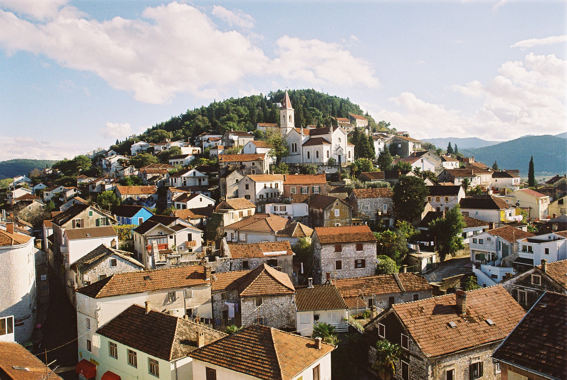 The Predolac hill in Metković © Jure Grm
The Predolac hill in Metković © Jure Grm
The largest living colony of Congeria kusceri that we so far know about can be found at the foot of the Predolac hill in Metković. Congeria kusceri is around two centimetres in length. Once part of a flourishing mollusc family, most of the Congeria genus died out around five million years ago. The genus was considered to be entirely extinct until shells of recently deceased individuals were found near Vrgorac in 1934. Congeria kusceri’s new cousins – Congeria jalzici and Congeria mualomerovici – were only described and recognised as distinct sub-species as recently as 2013.
The Mollusc of the Year competition is run by the Senckenberg Research Institute and Museum, and the Centre for Translational and Genomic Biodiversity (TBG) in Frankfurt. Congeria Kusceri’s success in being chosen as one of the finalists was announced by the Ruđer Bošković Institute in Zagreb.
Voting for Mollusc of the Year is open to the public. Anyone who is not too shellfish with their time and who may wish to support this endangered Croatian underdog in the competition can vote here

